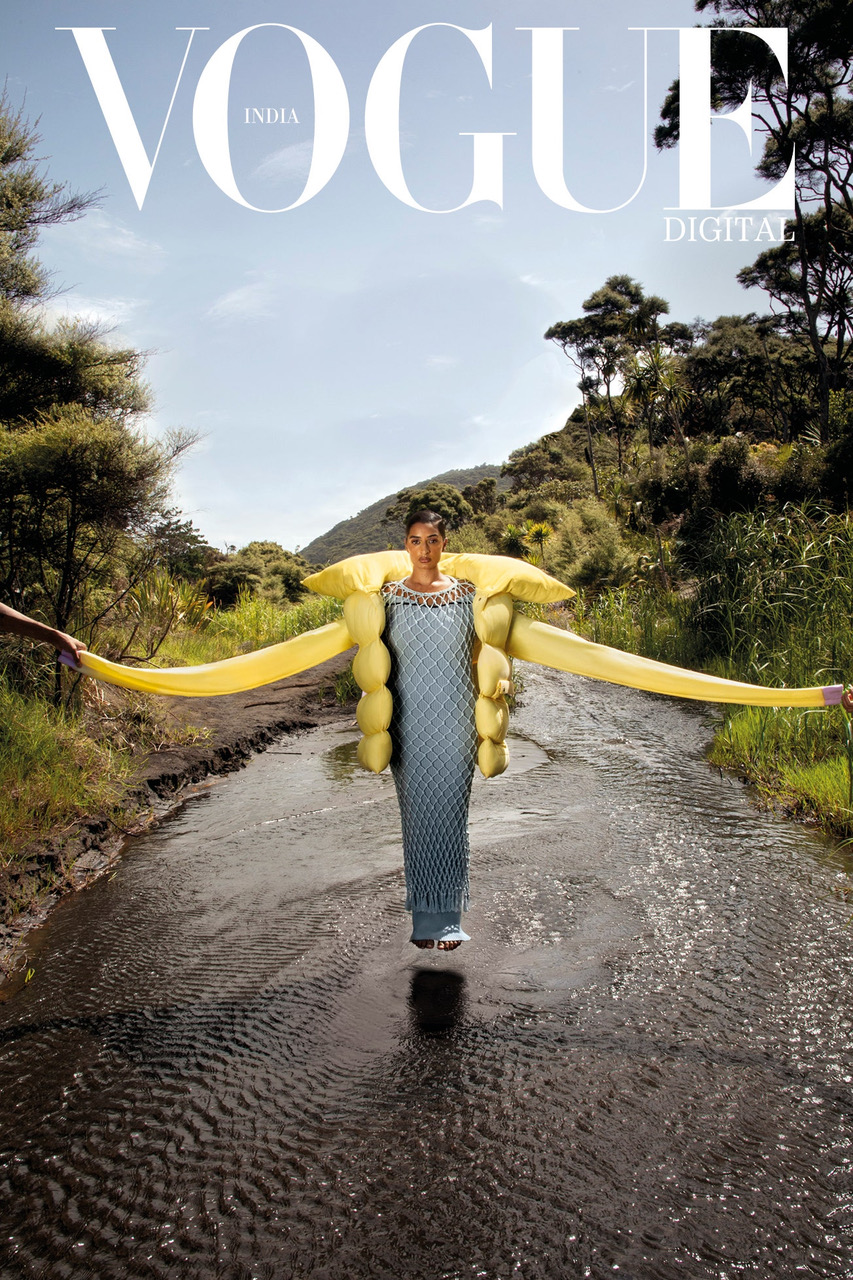
Genevieve Rae, Making with Mycelium, Masters of Design (Textiles)
Genevieve Rae is currently studying a Masters of Design working with mycelium materials through a textile design process. We asked Gen some questions about her process and practice, studying textiles at Massey and her favourite equipment. Here’s what we found out.
Often, when the term textiles is used, more traditional approaches to materials making such as weaving or printing will readily spring to mind. To this day those processes, with a rich history of artistry and ingenuity, are still integral to materials construction in a contemporary context, especially in responding to the needs of a changing planet. But what of the newer, or lesser known textile processes that are an equally essential part of working toward balance and sustainability in a rapidly shifting world?
Tell us a little bit about your Masters project.
What My masters project is a material driven textile design exploration into fungal mycelium materials. As I create a library of mycelium material processes I am thinking about how relationship building with materials, or in this case organisms, can help us design more sustainably.
What is Mycelium?
Mycelium are fungi. For context, mushrooms are the fruiting body or reproductive organ of a fungus. Mycelium is like the root structure and main body of the organism at the same time. It grows in a web of thread like hyphae around and through its food sources.
Is this something you’re new to, or is it a continuation of an earlier exploration?
The material process of making with mycelium is new to me but I am approaching it like every other textile process I've learnt, with an open heart and patience. The theory and thinking behind the work is a continuation of my undergraduate studies about connection.
What’s been the most surprising part of your exploration and development so far?
The lack of interaction that I have with the material process. There is for sure a bit of work that goes into prepping a mycelium material, but it's nothing like traditional textile processes (weaving & knitting). The mycelium chooses the way that it grows, and I'm just providing the pathways.
What’s your ultimate goal with this project? Is there one?
There are two goals for this project: to build a library of mycelium materials that future students can continue to develop and play with; and to stretch people's minds with ideas about how we can relate to materials sustainably, to live in symbiosis with our surroundings.
What drew you to textiles as a practice?
I honestly have no idea. At the end of first year design I was tossing up between textiles, fashion, VCD and photography. In hindsight though I couldn't have done anything but textiles, definitely made the right decision.
What surprised you most about working with textiles?
What has been surprising is how important textiles have become to my life. I try to work with threads on a weekly basis, making is so meditative and keeps me grounded.
What would you describe Textile Design as to someone outside of the programme?
Textile design is the making of materials - materials are everything that surrounds us. The clothes on your back, the upholstery on your couch, your curtains, carpets, rugs, the way these things are coloured. It's also the bio materials your food is wrapped in, the compostable packaging your goods are delivered in. Textiles cover so many potential materials that something may be made out of. Maybe I should just say textile designers are all magic humans zapping the material world together.
What brought you to study at Toi Rauwhārangi?
I really appreciate the supportive and collaborative nature of the college and love the creativity I see here. It's so awesome.
Any favourite facilities?
There is lots of amazing equipment in the department but I'm a weaver and the loom has my heart. I want to make a special mention to the B reactor Fergus – he creates a controlled environment for small samples to grow in while capturing a timelapse of the process!
What advice would you give someone embarking on creating materials through textile design?
Patience and practice are key. Go with an open mind, open heart and continue to be curious about what is possible with the resources around you.
Learn more about studying textile design at the Wellington School of Design
More Students stories

Students
Fashion Design student Premila Morar makes cover of Vogue India
An emerging designer's dream come true, we couldn't resist asking Premila a few questions about her garment and her journey getting it onto the cover of Vogue India.

Students
Fine Arts student awarded the 2023 Iris Fisher Scholarship
Master of Fine Arts student Bena Jackson has been announced as the recipient of the 2023 Iris Fisher Scholarship.

Students
Creative Media Production project shown on TVNZ kids' platform
In 2018, Courtney Gilbert led a team of Creative Media Production students to create Kiwis Can Fly, a fun animated series for children. Now, Kiwis Can Fly is broadcasting to kiwi kids via NZ On Air's HEIHEI platform.